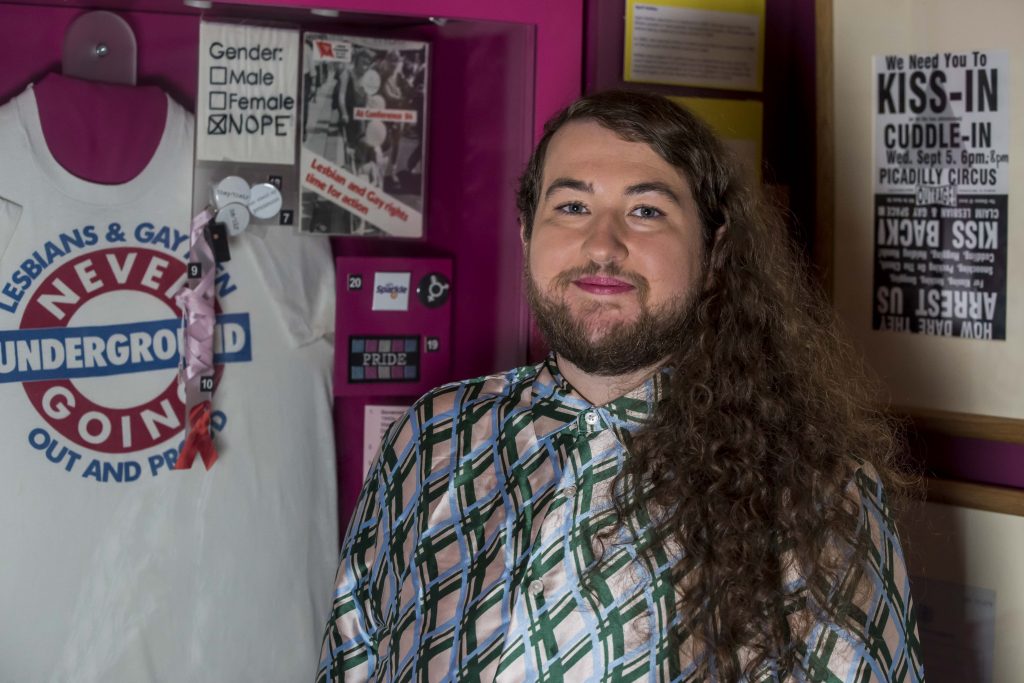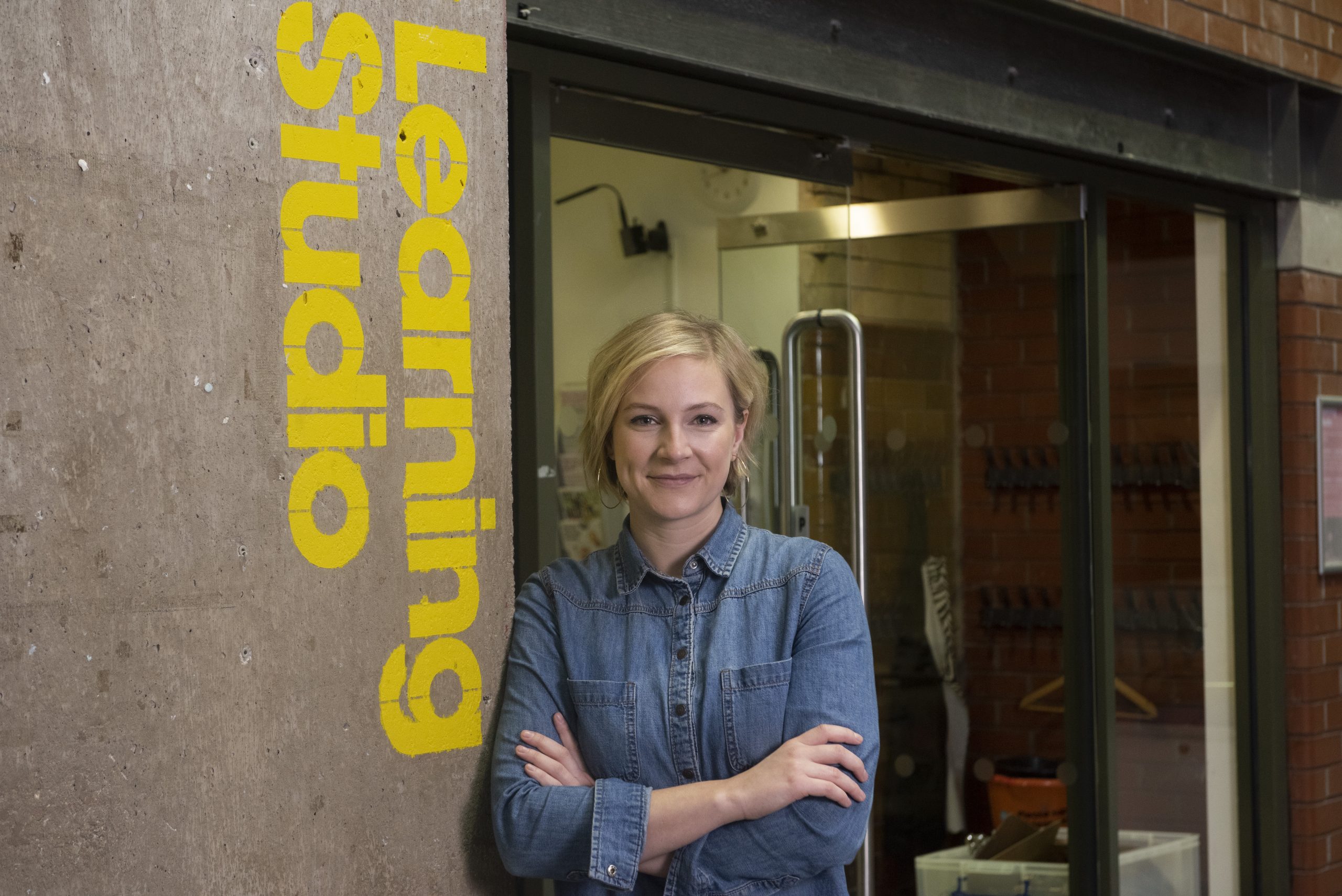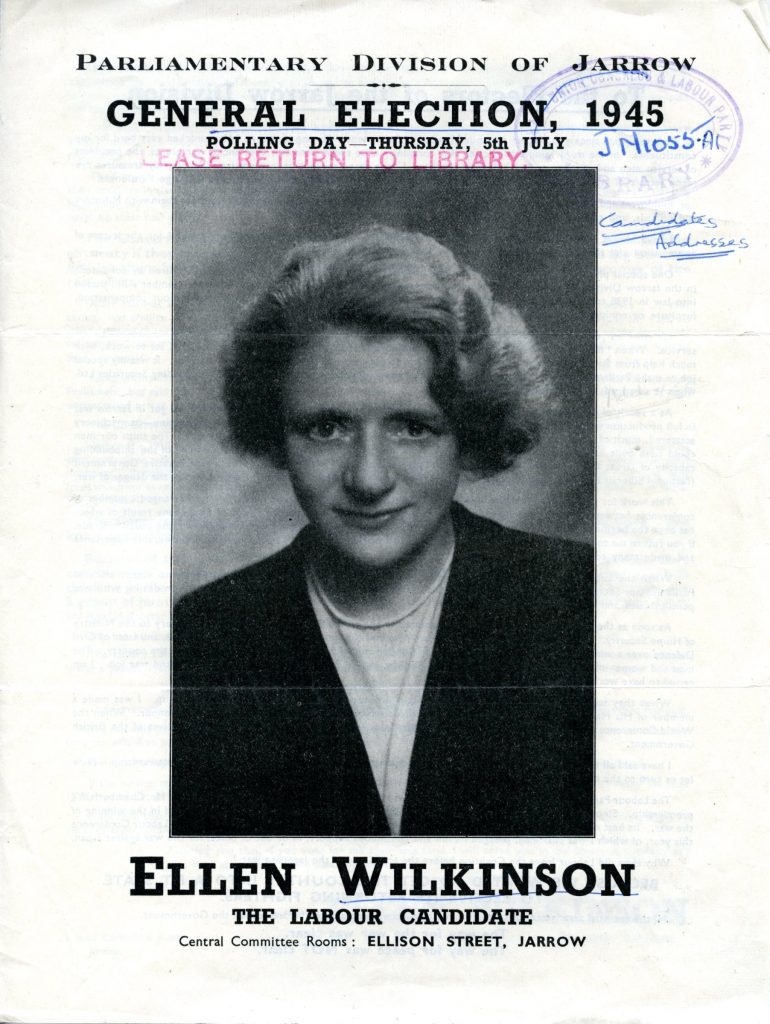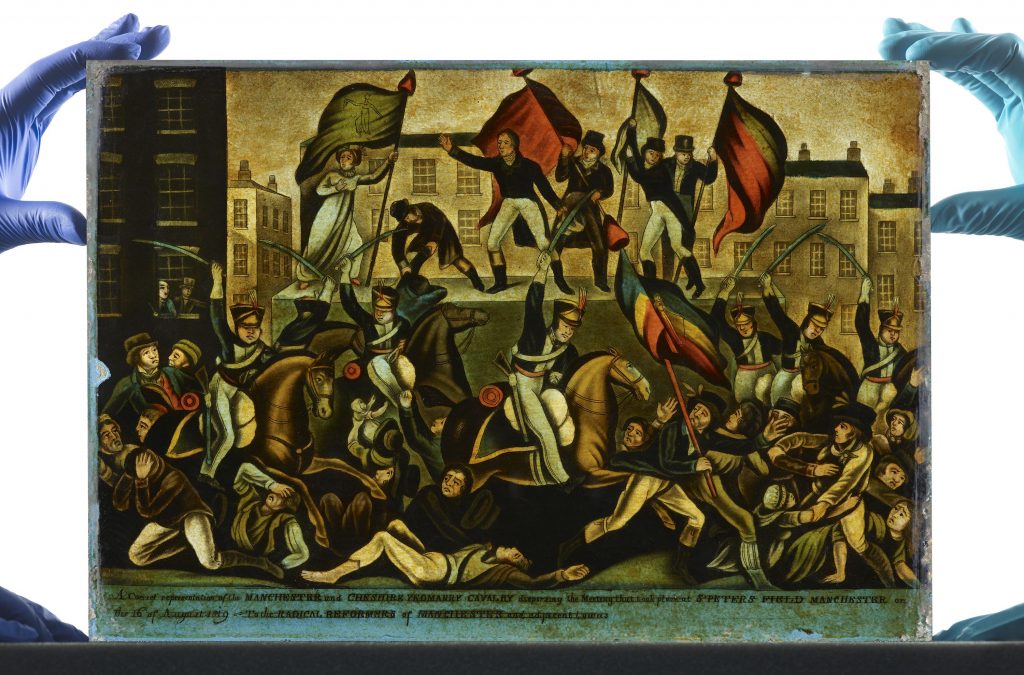PHM is the national museum of democracy, telling the story of its development in Britain: past, present, and future.
On this blog we share posts from the PHM team and other experts, with behind the scenes stories, coverage of PHM's exhibitions and events, and highlights from the museum's unique collection.

This December we look back at your favourite blogs from 2024.

A look at objects in PHM’s collection which put the spotlight on key modes of British anti-fascist resistance with our Collections Assistant Jaime Starr.

In this blog we explore the subject of oracy with PHM Learning Officer Liz Thorpe.

A look at the incredible life of one of the first female Labour MPs Ellen Wilkinson, featuring items from People’s History Museum’s (PHM) collection with PHM’s Visitor Experience Supervisor Sara Ferri. October 2024 marks the centenary of Ellen Wilkinson MP taking office.

On 16 August 1819, 60,000 people congregated in St Peter’s Field in Manchester, with demands for the right to vote, freedom from oppression, and justice.
Find out more about this major event in Manchester’s history, and a defining moment for Britain’s democracy.